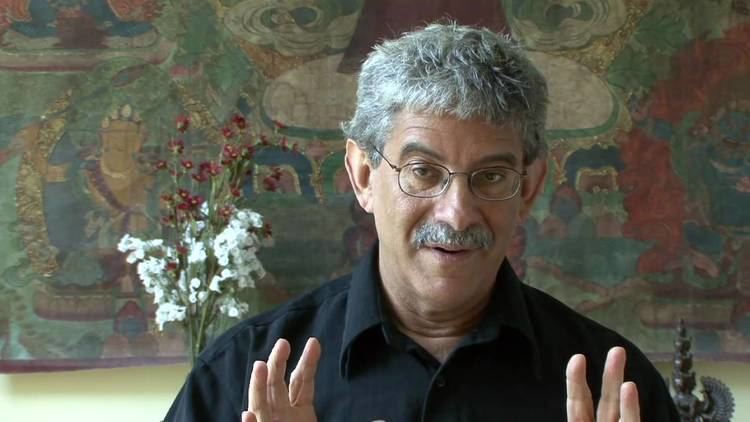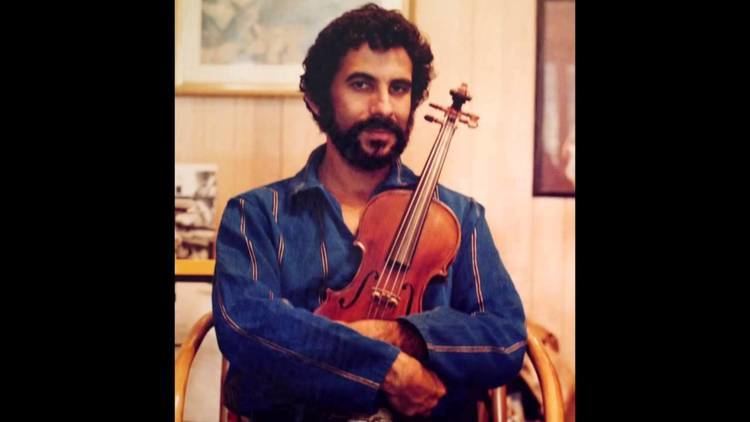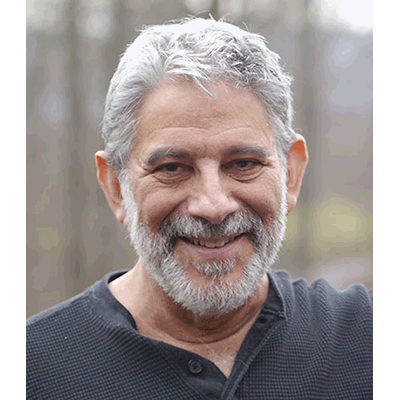Name Stephen Nachmanovitch Role Author | ||
 | ||
Books Free Play: Improvisation in Life and Art Albums Ludi Fecundus, Saraswati Steps Up To Bat, Impermanence Similar People Barry Green, Kenny Werner, Del Close, Derek Bailey | ||
Stephen nachmanovitch violin improvisation no 2
Stephen Nachmanovitch is a musician, author, computer artist, and educator. He is an improvisational violinist, and writes and teaches about improvisation, creativity, and systems approaches in many fields of activity.
Contents
- Stephen nachmanovitch violin improvisation no 2
- improvisation is stephen nachmanovitch
- Biography
- Bibliography
- Discography
- Multimedia
- References

improvisation is stephen nachmanovitch
Biography

Born on November 2, 1950, Nachmanovitch studied at Harvard University and the University of California at Santa Cruz, where he earned a PhD in the History of Consciousness for an exploration of William Blake. His mentor was the anthropologist and philosopher Gregory Bateson. He has taught and lectured widely in the United States and abroad on creativity and the spiritual underpinnings of art. In the 1970s he was a pioneer in free improvisation on violin, viola and electric violin and opened up many techniques now used in electroacoustic music. He has presented master classes and workshops in improvisation at many conservatories and universities worldwide, including the Yehudi Menuhin School and Juilliard. He has had numerous appearances on radio, television, and at music and theater festivals. He has collaborated with other artists in media including music, dance, theater, and film, and has developed programs melding art, music, literature, and computer technology. He has published articles in a variety of fields since 1966, and is the author of Free Play: Improvisation in Life and Art (Penguin-Tarcher, 1990). Much of his teaching beyond music and the arts relates to the universality of improvisation and creativity in all fields of life, and the accessibility of improvisational process to each person at each moment

It is the most normal thing in the world to improvise. We improvise every time we say a sentence, but we are told in our veneration of the masters that the creative process is some sort of mysterious and godlike thing only possessed by a few people – when in fact we are improvising all the time, creating all the time.

In the 1980s and 1990s he created computer music software including The World Music Menu (first developed 1987, new versions through 2007), and the visual music software tools Zmusic (first presented at the Visual Music Alliance, Los Angeles, 1987) and Visual Music Tone Painter (first developed 1992, new versions through 2007).
In the years following the millennium his time has been divided between improvisation concerts on violin, viola, electric violin and viola d'amore, both solo and in partnership with other musicians, dancers, and theater artists, lecturing and teaching workshops on improvisation, writing about creativity and about the influence of Gregory Bateson on modern thought, and visual music and other multimedia works.
He has served on the boards of the International Society for Improvised Music, the New Violin Family Association and the Bateson Idea Group.
